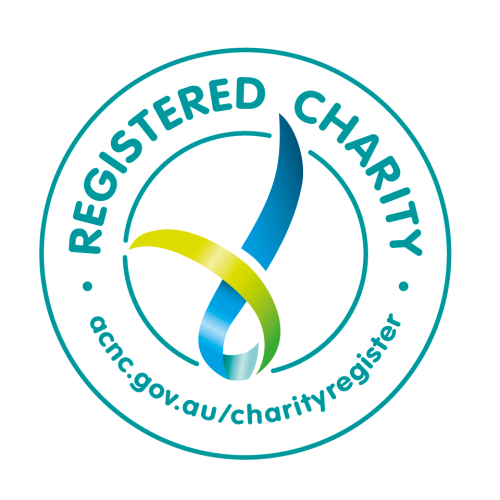The Sentencing Advisory Council (SAC) has released its third report on “crossover kids”- children who are sentenced or diverted in the Children’s Court of Victoria and who are also known to Child Protection Services.
The report examines the impact of trauma, including experiences of child abuse on children and offending behaviour. It recommends that a child’s trauma history and history of child protection involvement should be relevant considerations when courts sentence children for criminal offending. It has also found that there is a lack of information sharing between the Family and Criminal divisions of the Children’s Court.
The report suggests a number of possible measures to ‘bridge the gap’ between the two divisions, reduce the over-representation of crossover children in the Criminal Division, strengthen the capacity of sentencing courts to be fully appraised of a child’s protection history and experience of trauma, and facilitate a more holistic approach towards crossover children.
Subject to further investigation and consultation, these measures include:
- resourcing the expansion of the fully specialised Children’s Court to regional areas, starting with regional headquarter court locations, and then extending to key metropolitan areas, with specialised Children’s Court locations operating as hubs for supports and services;
- introducing a ‘crossover list’ that holistically deals with the child protection and criminal matters of children who are involved with both systems;
- introducing pre-hearing youth justice family group conferencing to develop a plan for the child that integrates (where appropriate) child protection, health and justice responses to their offending, with provision for the conference to recommend against prosecution while putting in place supports to address the causes of the child’s offending;
- empowering the Children’s Court Criminal Division to compel case workers to attend court to provide information and/or support a child in cases where the Secretary to the Department of Health and Human Services has parental responsibility for the child, and resourcing the Child Protection Service to enable case workers to attend such hearings and visit and support children throughout the criminal justice process, including in custody;
- ensuring that sentencing courts are provided with adequate information about a child’s protection and trauma history, including strengthening information sharing between the Family Division and the Criminal Division of the Children’s Court and having dedicated child protection workers at court to facilitate access to reports about the child’s protection history; and
- continuing to improve access to specialised services, assessments, and reports, including from allied-health professionals, particularly in regional areas.
The report also addresses the over-representation of Aboriginal and Torres Strait Islander children in the criminal justice system. It highlights the need for both systemic and local responses and services that are designed, developed and led by Aboriginal people in keeping with the principle of self-determination.
The measures identified in the report aim to achieve a more holistic response to offending by children who have experienced trauma. Many of these responses would also decrease the number of crossover children appearing in the Criminal Division by introducing earlier interventions aimed at addressing the causes of their offending.
For more information and to read the report in full go to: www.sentencingcouncil.vic.gov.au/publications/crossover-kids-vulnerable-children-in-the-youth-justice-system-report-3





